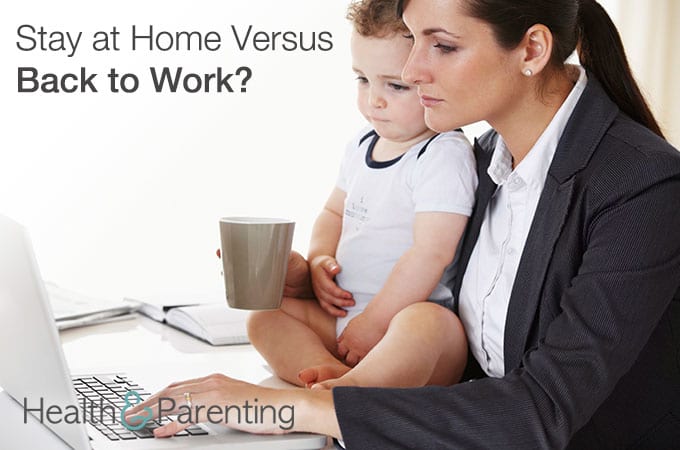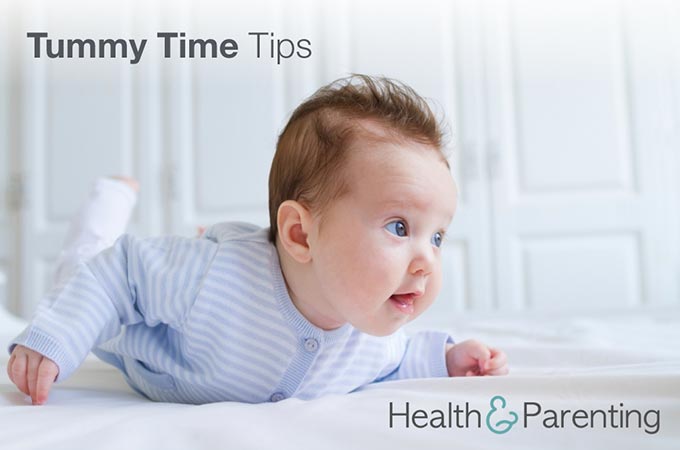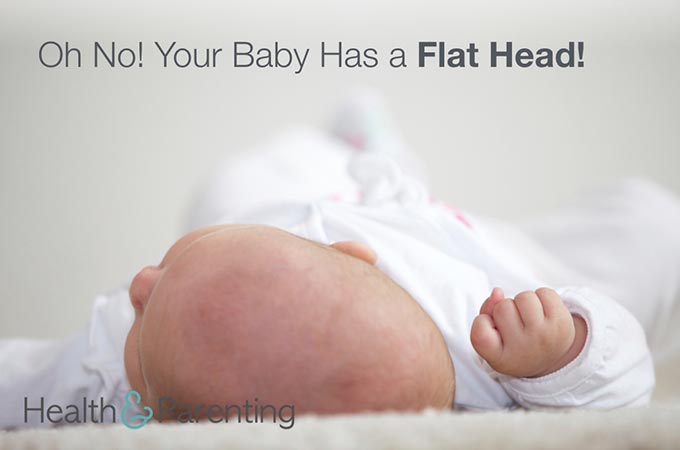It seemed fun when you were pregnant and registering for all that cute baby gear. But now it seems like baby clothes, toys and miscellaneous kid paraphernalia take up every nook and cranny in your house. What can you do to get a hold on organizing all the stuff you’ve accumulated?
Start with the idea that everything needs to have a place, so that there’s a place for everything. Then choose an organization system that best matches your space, your needs, and your own personality.
- Invest in drawer dividers for baby’s dresser: Having a way to separate socks from onesies from pajamas is essential. You can even make your own by cutting down boxes that were destined for the trash (think boxes from cereal or pasta).
- Add some sort of shelving to your child’s room: Not just for books, shelving will give you a place to organize toys, clothes and other baby supplies. Make sure these are secure and out of reach so baby can’t pull items off.
- Baskets and bins: If you have shelving, you want to have a way to store things on the shelf. Baskets and bins of all sorts can keep everything in its place. Buy some larger baskets – the kind that can sit on the floor – for larger items.
- Organize clothes by size: Different sizes in different drawers might help. Or buying some hanging tags to help you keep clothes in the closet divided. If you have lots of clothes that your baby won’t fit for a while, consider packing those away in a bin or box. Switch out clothes with the change of seasons, and have a place for the clothes baby has outgrown.
- Rotate toys: Pack away any toys your baby isn’t ready for yet, and keep a small stash in baskets around the house. This is, of course, easier for young babies. For older babies and toddlers, having a large bin or basket in which to quickly clean up is a great way to help you child learn where toys belong. Toy bin is overflowing? Time to get rid of some.
- Make the most of every space: Place hooks on the wall or the side of a dresser or changing table (removable adhesive hooks are great for this). Don’t forget the back of the door! Shoe pockets are great for storing small items. Under the crib is lots of storage space – you might even add a skirt to the crib to hide the bins!
- When deciding on larger storage pieces, like shelving, make sure it will grow with your child. You’ll be surprised how fast your baby moves from rattles to building block to action figures and Legos.
- Become a labeler: You’ll always know what’s in the mystery bin that got pushed into the far corner of the closet.
- Don’t have a closet? Consider a freestanding armoire, or adapt a bookcase by removing a shelf and adding a hanging bar, even a shelf on the wall with an attached bar could give you a place to hang a few outfits.
What methods have you found for organizing all your baby stuff?
Written by Michelle, childbirth instructor, lactation consultant, and mother to 4 busy kids
This information is not intended to replace the advice of a trained medical doctor. Health & Parenting Ltd disclaims any liability for the decisions you make based on this information, which is provided to you on a general information basis only and not as a substitute for personalized medical advice. All contents copyright © Health & Parenting Ltd 2016. All rights reserved.
















